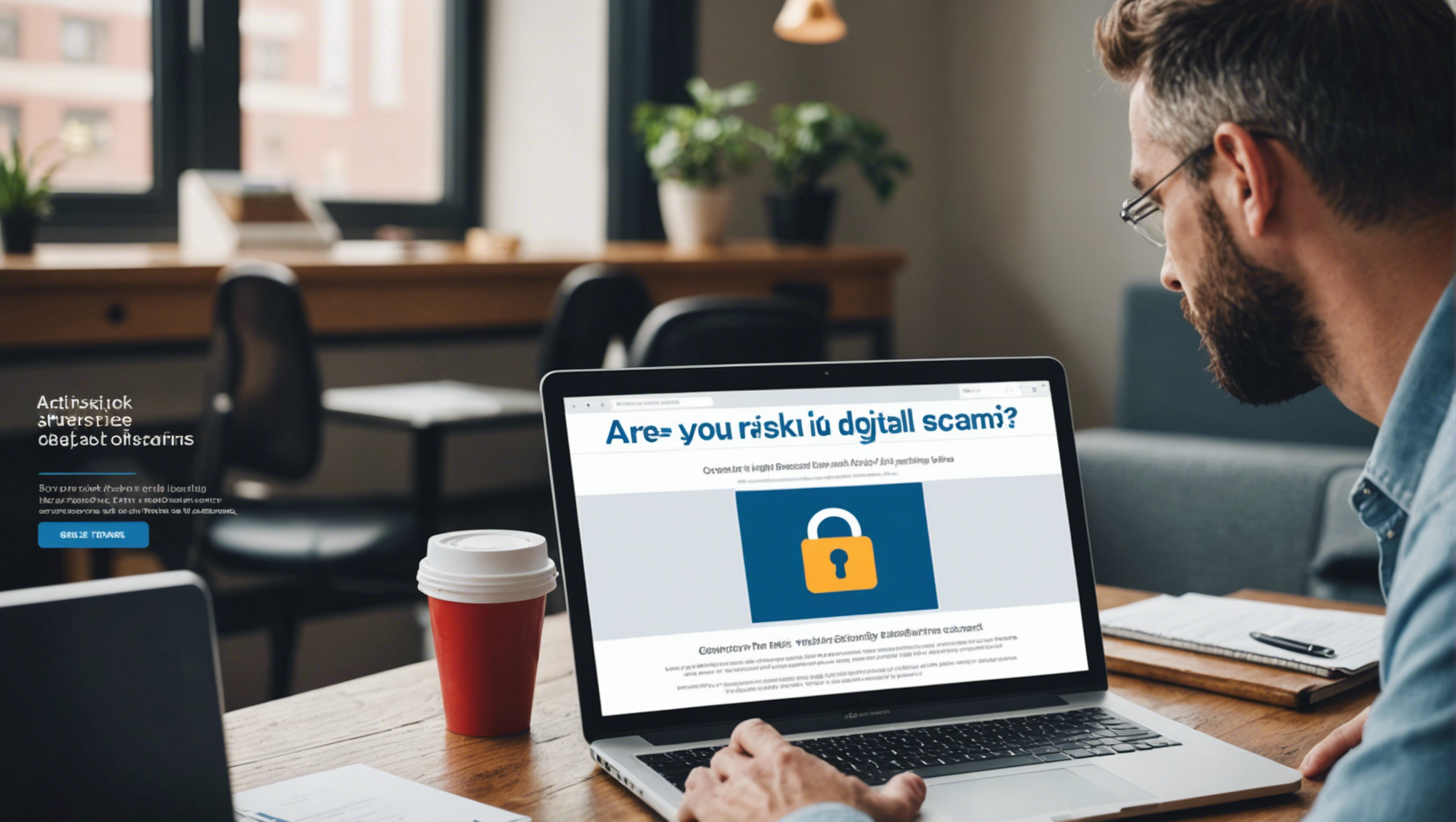Are You at Risk? How Americans are Losing $5 Billion in Digital Scams
Are You at Risk? How Americans are Losing $5 Billion in Digital Scams
Imagine waking up one day to find out that your hard-earned money has vanished into thin air, taken by scammers operating in the shadows of the digital world. This nightmare is a reality for thousands of Americans who fall victim to digital scams, losing a staggering $5 billion each year.
As technology advances, so do the strategies of cyber criminals. From phishing emails to fake websites and identity theft, the avenues for scams are limitless. But awareness is our best defense. By understanding the risks and learning how to protect ourselves online, we can safeguard our finances and personal information from falling into the wrong hands.
Join me on a journey as we uncover the hidden dangers of the digital realm and discover practical tips to stay safe in an increasingly connected world. Let’s empower ourselves with knowledge and combat the onslaught of digital scams together.
Understanding the Scope of the Problem
Americans are losing a staggering $5 billion annually due to digital scams. A recent report by Security.org disclosed that approximately 52 million Americans experienced fraudulent charges on their credit or debit cards in 2023. Interestingly, only 7 percent of these losses stemmed from stolen or lost cards, with most of the fraud originating from online data breaches.
The Rise of Fraudulent Charges
The frequency of credit card scams is concerning, with 60 percent of surveyed individuals confirming they had been victims at least once. Over the past two years, the median expenditure per fraud charge has increased by 26 percent, reaching an average of $100 per unauthorized transaction. This surge highlights the financial burden millions of Americans face, losing crucial funds to these crimes.
Why Many Don’t Report Fraud
Despite the severity of the situation, very few victims report incidents to law enforcement. However, 96 percent do contact their banks or card providers, often recovering their lost money through these channels. This discrepancy points to a potential gap in trust or inefficiencies within the law enforcement process.
Common Methods Used by Scammers
Fraudsters employ several techniques to steal card information:
- Phishing: Sending misleading links in texts or emails.
- Skimming: Copying card numbers from point-of-sale (POS) terminals in public places.
- Hacking: Using public Wi-Fi or malware to access personal data.
These methods showcase the evolving sophistication of scammers who continuously adapt to new technologies to exploit their victims.
The Impact of Technology on Scams
As technology advances, so do the tactics of scammers. Alex Beene, a financial literacy instructor at the University of Tennessee at Martin, emphasizes the increased savviness of fraudsters. They leverage data to understand how consumers use their financial information online and identify weak points to exploit. This could involve hacking entire databases, using authentic-looking messages, or capitalizing on weak passwords.
Protecting Yourself Against Scams
Consumers can take several measures to safeguard their information:
- Avoid using the same password for multiple accounts.
- Do not store credit card information on websites or browsers.
- Be wary of using public Wi-Fi or free VPNs.
- Regularly check credit card accounts and enable spending alerts.
Adopting these practices can significantly reduce the risk of falling prey to digital scams.
Expert Recommendations
Experts like Genevieve Waterman from the National Council of Aging advocate for using credit cards for online purchases due to the enhanced protections offered. Scammers cannot access your checking or savings accounts directly through credit card fraud, providing an additional layer of security. She also advises consumers to stay informed about scammers’ tactics and engage cautiously with online strangers.
Final Thoughts
The rise of digital scams is an alarming trend, requiring consumers to stay vigilant and proactive. By understanding the common methods used by scammers and adopting recommended safety practices, Americans can better protect their finances and reduce the risk of falling victim to these pervasive crimes.
Source: www.newsweek.com






